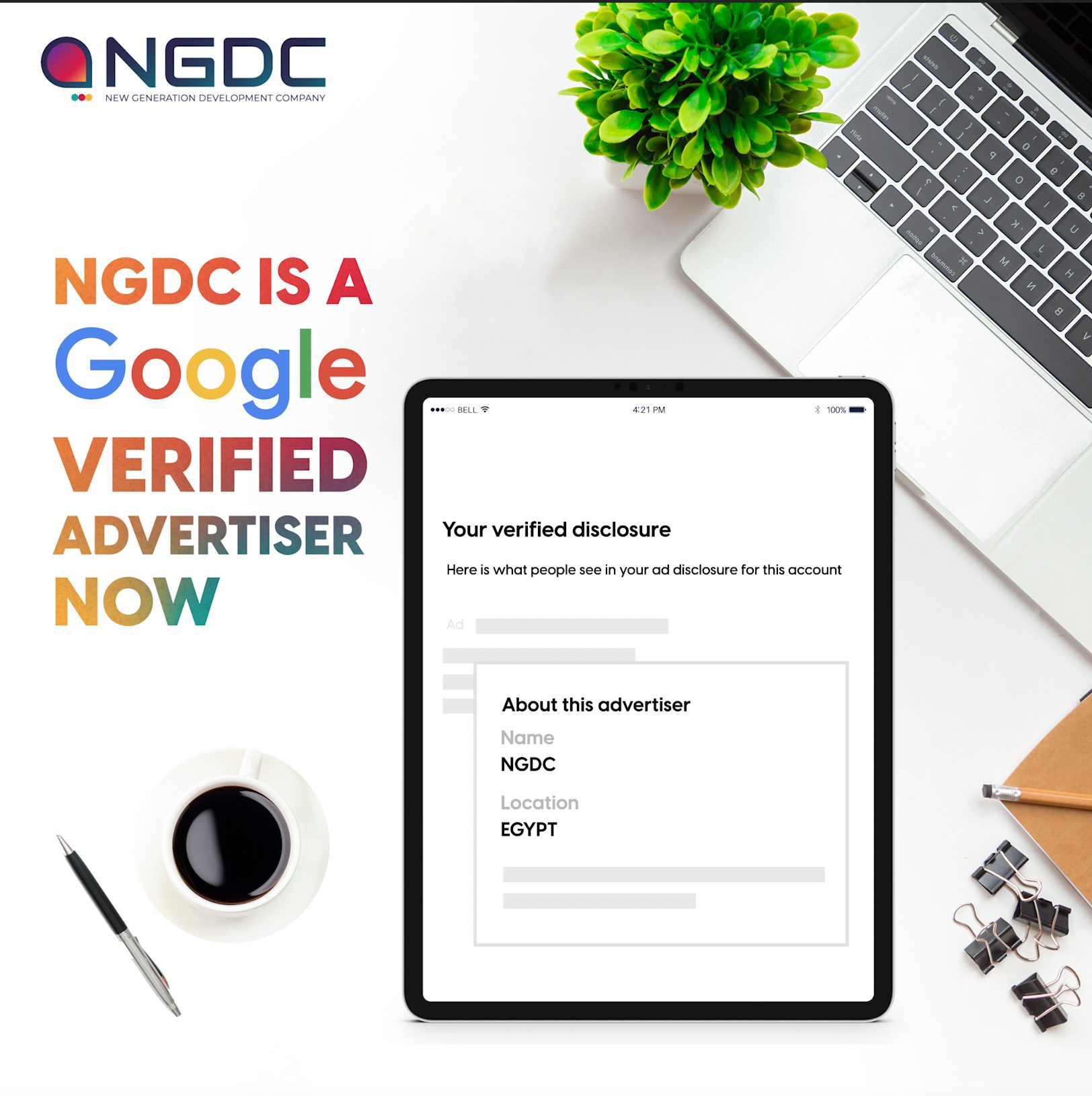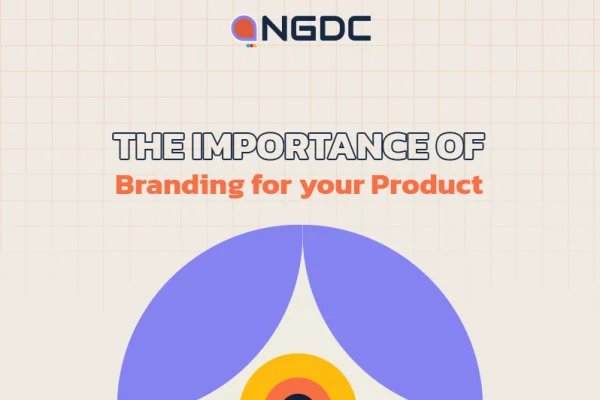
Easy Photoshop replacement to create your own design
May 28, 2023
NGDC is now a verified advertiser on Google ads
June 7, 2023With over 1 billion active users worldwide, TikTok has quickly become one of the most popular social media platforms. The unique format of short, fun videos has caught the attention of younger generations and has become a very important tool for marketers.
The platform’s algorithms are designed to promote content that resonates with users, making it easier for brands to reach their target audience. TikTok hashtag challenges have become a popular way for brands to engage with users and encourage the creation of user-generated content. This has increased brand awareness and created a more authentic connection with consumers.
Additionally, TikTok’s advertising options have also become more sophisticated over time. Brands can also run in-feed ads, run branded hashtag challenges, and partner with popular YouTubers to reach a wider audience. The platform’s advertising capabilities are still in its infancy, but have already proven effective for many brands.
However, TikTok’s impact on marketing is not without its challenges. The platform’s young audience means some brands may struggle to connect with older audiences. Additionally, TikTok content is often lighthearted and comedic, which may not match the message of some brands.
Overall, TikTok represents a unique opportunity for brands to connect with young audiences in an authentic and engaging way. As the platform continues to grow and evolve, marketers need to stay up-to-date with its features and functionality to maximize its potential.
Here are some tips for using TikTok to support marketing:
Create engaging content that aligns with your brand and appeals to your target audience.
Utilize popular hashtags and challenges to increase visibility and engagement.
Collaborate with influencers or other brands to expand your reach.
Post consistently and at optimal times for your audience.
Use TikTok’s advertising options to reach a larger audience and drive conversions.
Monitor your analytics to track your performance and adjust your strategy accordingly.





